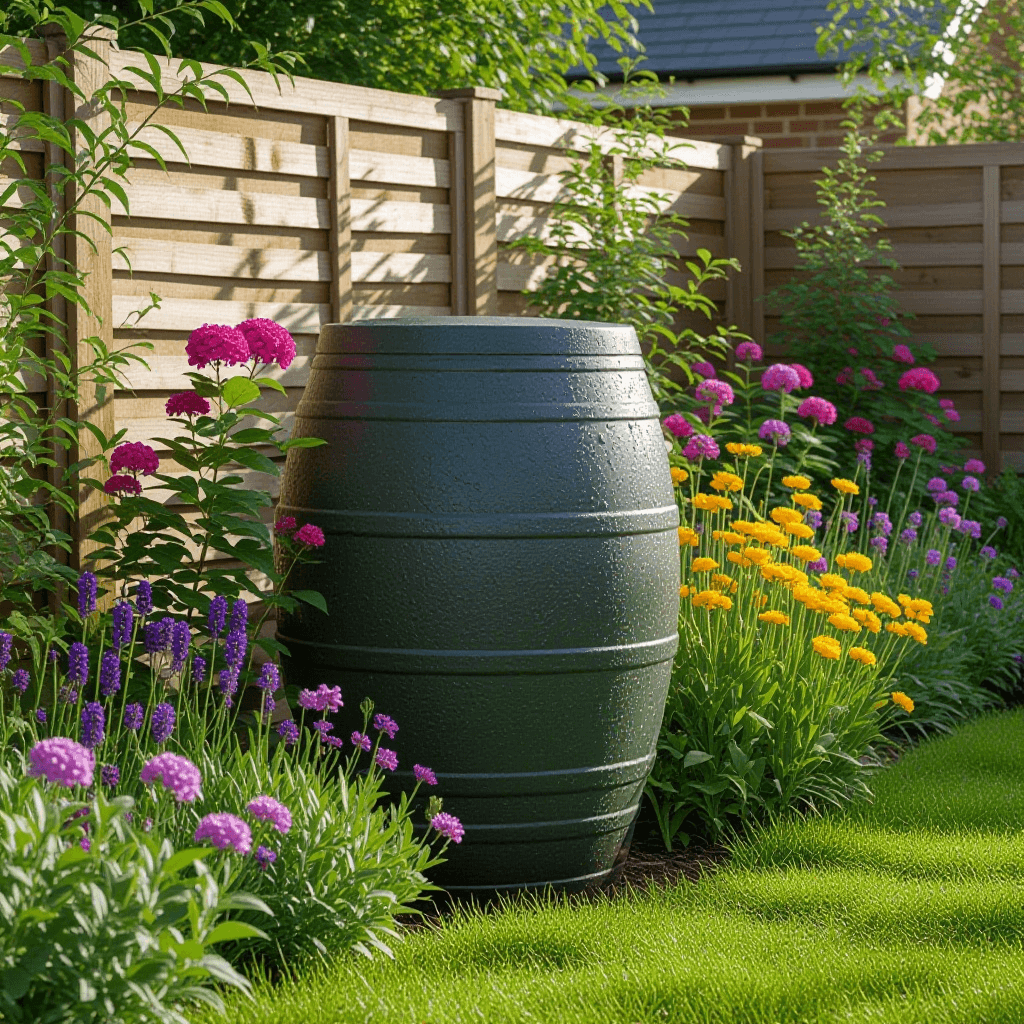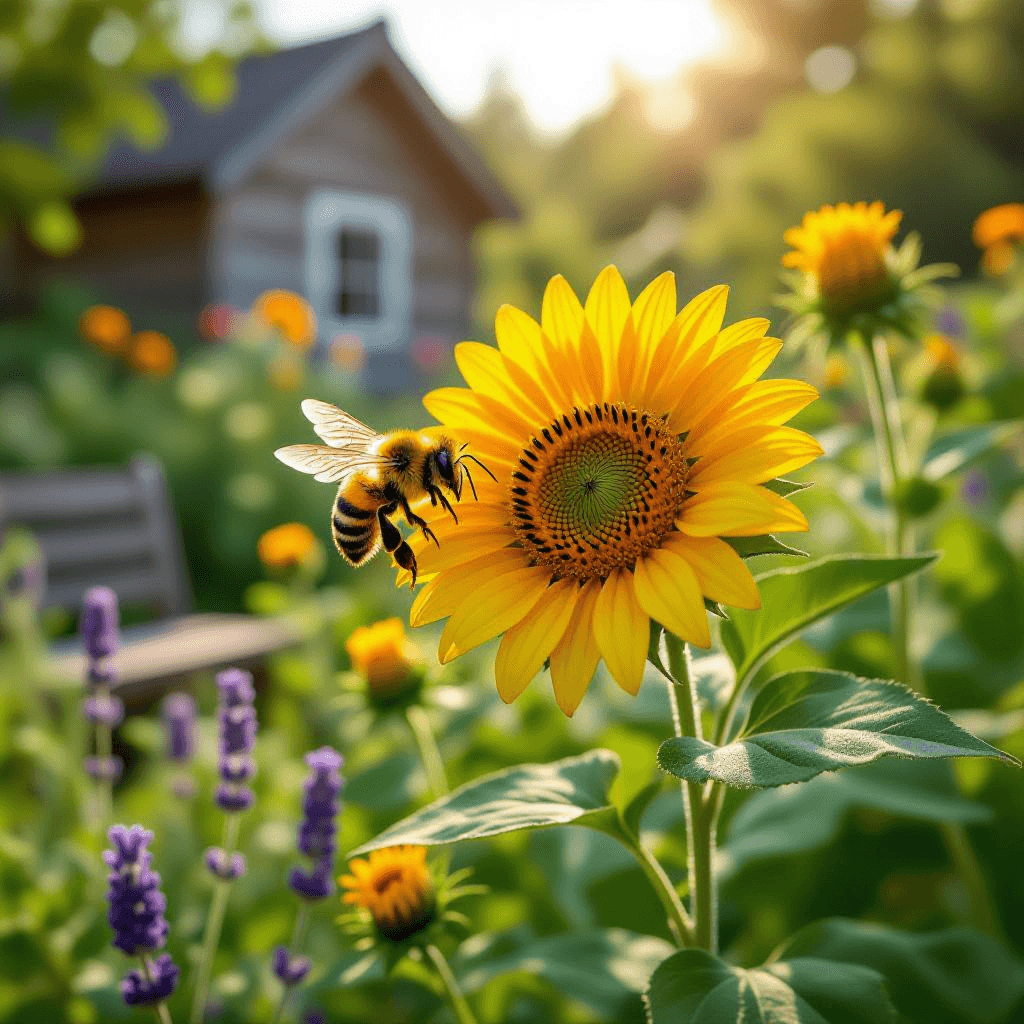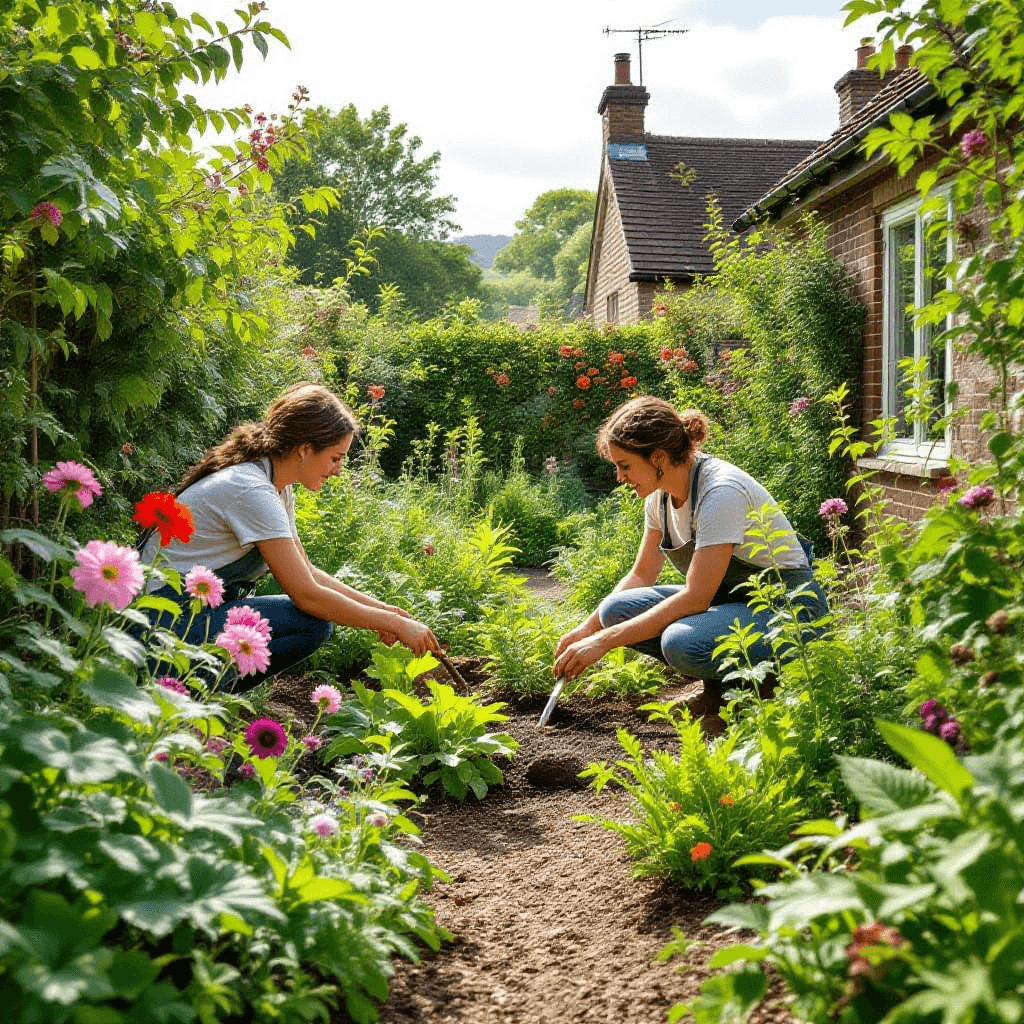Understanding Rainwater Harvesting
Rainwater harvesting is the process of collecting and storing rainwater for various uses, primarily irrigation, which is particularly beneficial in the context of UK gardens. This technique not only promotes sustainable gardening practices but also alleviates pressure on the local water supply, especially during periods of drought. In the UK, where climate variations can lead to erratic rainfall patterns, utilizing harvested rainwater can provide a reliable source of water for watering plants, maintaining lawns, and nurturing gardens.
There are several systems available for rainwater harvesting that gardeners can choose from, ranging from simple rain barrels to more complex underground storage tanks. Rain barrels are often the most accessible option, designed to collect water from roof gutters through a downspout connection. These systems can be easily installed and are cost-effective for small-scale gardens. Conversely, larger systems involve more sophisticated designs, where water is redirected through a series of filters and pumped into underground cisterns. These systems can store substantial volumes of water and can be integrated with automatic irrigation setups.
From an environmental perspective, rainwater harvesting significantly reduces surface runoff, thus minimizing erosion and the risk of flooding. Moreover, it plays a crucial role in replenishing groundwater levels and supports local biodiversity by providing a natural source of water for wildlife. It’s important to note that while rainwater harvesting is encouraged, there are legal aspects associated with its practice in the UK. Gardeners should comply with local regulations concerning the installation and maintenance of harvesting systems. Overall, rainwater harvesting presents a viable and environmentally friendly solution to irrigation challenges faced by UK gardeners, fostering a healthier relationship with the ecosystem.
Setting Up a Rainwater Harvesting System
Establishing a rainwater harvesting system in your garden can significantly enhance the efficiency of your irrigation practices while promoting sustainability. To begin, it is essential to gather the necessary components: rain barrels, a gutter system, and downspouts. Each of these elements plays a crucial role in the effective collection and use of rainwater.
The initial step is to select a suitable location for your rainwater harvesting system. Ideally, choose an area that is near your garden to reduce the distance for water transport. A flat surface for the rain barrels is vital, ensuring stability and proper drainage. It is recommended to position the barrels close to the main downspouts of your roof to maximize the volume of water collected.
Once you have identified the optimal location, the next phase involves the installation of your gutter system, which will channel rainwater from your roof into the barrels. Inspect your gutters for blockages, and clean them to ensure smooth water flow. Afterward, connect a downspout to direct water from the gutters to your rain barrels. A diverter can be installed to allow easy switching between direct flow to the barrels and regular drainage during heavy rainfall.
After setting up your rain barrels, it is essential to maintain the system for optimal performance. Regularly check the barrels for debris and sediment accumulation, which can impede water collection. Installing a mesh filter at the top of the barrels can help prevent dirt and leaves from entering, thus ensuring cleaner water is available for gardening purposes.
In conclusion, establishing a rainwater harvesting system in your garden is both practical and beneficial. Following these steps for setup and maintenance will facilitate effective water collection, supporting your irrigation needs efficiently.
Using Collected Rainwater for Irrigation
The effective use of collected rainwater for irrigation is essential for sustainable gardening practices in the UK. Rainwater is a natural resource that can significantly reduce the reliance on municipal water supplies, offering a cost-effective solution for maintaining healthy gardens. To maximize the benefits of this resource, gardeners can implement various irrigation methods tailored to their specific garden types and the diverse needs of plants.
One of the most efficient techniques for utilizing rainwater is drip irrigation. This method delivers water directly to the base of plants through a network of tubing. Since it minimizes evaporation loss and reduces water runoff, drip irrigation is particularly advantageous for vegetable gardens and flower beds. Additionally, soaker hoses, which allow water to seep out slowly along their lengths, are suitable for established garden beds and can be easily connected to rain barrels. Both methods ensure that water is used wisely, conserving this valuable resource while promoting plant health.
Determining the right quantity of rainwater needed for irrigation involves understanding varying factors including plant types, their growth stages, and seasonal climatic variations. Different plants have distinct water requirements; for instance, leafy greens require consistent moisture whereas drought-tolerant species need far less. Moreover, during the summer months, when evaporation rates are higher, gardeners may need to adjust their irrigation frequency and duration accordingly. It is crucial to observe the moisture levels of the soil, as over-watering can lead to undesirable conditions such as root rot.
Incorporating rainwater into an irrigation plan not only enhances water efficiency but also promotes a healthier garden ecosystem. By utilizing appropriate watering techniques and adapting to the specific needs of various plants, gardeners can effectively harness the benefits of rainwater harvesting.
Benefits and Considerations of Rainwater Harvesting
Rainwater harvesting presents a multitude of benefits that extend beyond mere irrigation needs for gardens. One of the primary advantages is the significant cost savings it offers. By collecting and utilizing rainwater, homeowners can reduce their dependency on municipal water supplies, leading to lower water bills, particularly during the dryer months when irrigation needs peak. These financial savings become even more pronounced during periods of drought or water restrictions, making rainwater a reliable and sustainable alternative.
Additionally, harvesting rainwater contributes to environmental conservation. By capturing rainwater, homeowners can help mitigate runoff that often leads to erosion, flooding, and the pollution of local waterways. Rainwater systems can also ease the strain on stormwater management systems, thereby promoting more sustainable urban development practices. The use of rainwater promotes a more self-sufficient lifestyle and diminishes the ecological footprint associated with traditional water sources.
However, while the benefits are considerable, there are certain considerations that gardeners must keep in mind when implementing a rainwater harvesting system. Water quality can be a concern; it is essential to ensure that the collected rainwater is suitable for the intended uses, especially if it will be applied to edible plants. System maintenance is another critical aspect. Regular upkeep of the collection infrastructure, such as cleaning gutters and inspecting storage tanks, is necessary to ensure a clean and efficient system. Gardeners should also be aware of local regulations regarding rainwater use, as these can differ significantly across regions.
In conclusion, rainwater harvesting in UK gardens offers an array of benefits, from cost savings and environmental conservation to promoting sustainable practices. However, attention to water quality, system maintenance, and local regulations is vital to maximizing the effectiveness of this resourceful approach to irrigation.


